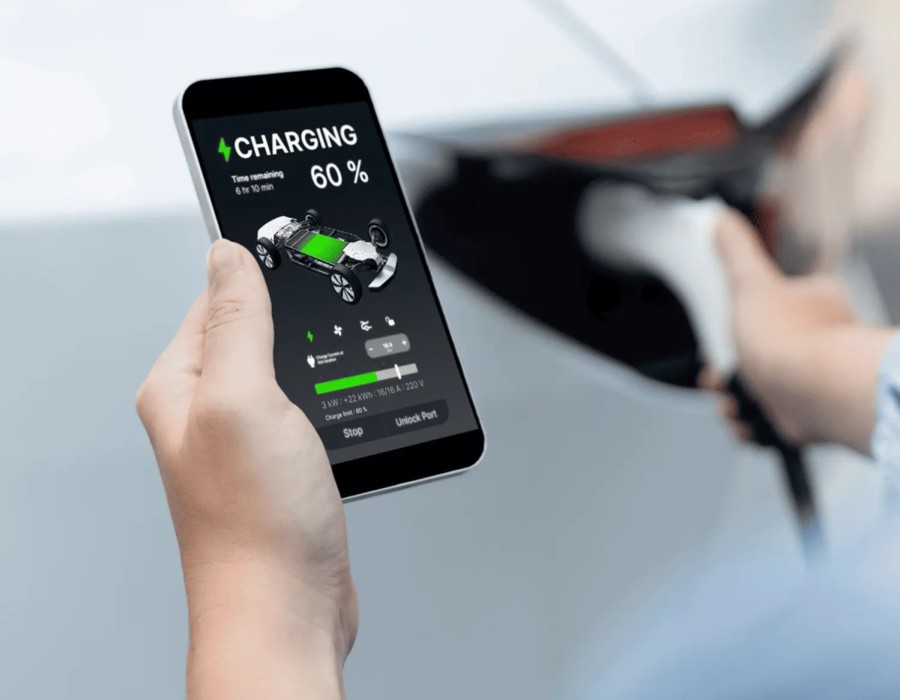EV Charging Problems: Troubleshooting, Best Practices, and the Future of Infrastructure
Introduction
The global shift toward sustainable transportation has placed electric vehicles (EVs) at the center of reducing greenhouse gas emissions and dependence on fossil fuels. With millions of EVs hitting the road each year, charging infrastructure has quickly become a vital part of daily life.
But for all their sophistication, EVs still present a unique challenge: charging. Unlike refueling a gasoline car, EV charging depends on multiple factors—hardware reliability, software communication, battery health, environmental conditions, and even grid stability. A disruption in any of these can frustrate drivers and slow adoption.
This article explores the most common EV charging problems, step-by-step troubleshooting methods, and best practices for battery care. It also looks ahead at how infrastructure and technology are evolving to create a more reliable charging ecosystem.
The Growing Role of EV Charging Infrastructure
Unlike gas stations—where every pump dispenses the same product—EV charging varies by:
- Speed: Level 1, Level 2, DC fast charging, and ultra-fast charging.
- Connectors: Type 1, Type 2, CCS, CHAdeMO, and Tesla proprietary plugs.
- Software protocols: Standards for vehicle–charger communication.
- Availability and uptime: Some stations are frequently offline or congested.
This complexity means occasional charging issues are inevitable—but most can be resolved quickly with the right steps.
Common EV Charging Problems and Fixes
1. Slow Charging
Causes: Damaged cables, weak station output, poor plug connection, cold temperatures, or software limits.
Fix: Inspect cable and contacts, reinsert plug firmly, try another station, check charging speed via the app, and update vehicle software.
2. Error Messages
Causes: Protocol mismatches, station incompatibility, or battery management system (BMS) protection.
Fix: Disconnect and reconnect, restart the session, try a different station, check the manual for error codes, or contact the manufacturer.
3. Incompatible Charging Stations
Fix: Know your connector type, carry adapters if supported, and plan routes with apps like PlugShare or ChargePoint.
4. Overheating
Causes: Battery and charger heat buildup.
Fix: Pause charging, move to shade or cooler conditions, ventilate home chargers, and avoid frequent DC fast charging in hot weather.
5. Power Failures
Fix: Wait for grid recovery, move to another station, or keep a portable Level 1 charger for emergencies.
6. Weather-Related Issues
Fix: Precondition the battery, use indoor or sheltered chargers in cold weather, and charge during cooler hours in hot climates.
7. Busy or Out-of-Service Stations
Fix: Check real-time availability via apps, plan alternate routes, and install a home charger for everyday needs.
Best Practices for Smooth Charging
- Avoid 100% charges: Keep daily charging at 80–90%.
- Don’t fully drain: Recharge at 20–30% for longer battery life.
- Install a Level 2 home charger for overnight convenience.
- Precondition battery and cabin while plugged in.
- Charge off-peak to save money and reduce grid strain.
- Maintain equipment: Clean and replace worn cables.
Charging Levels and Connector Types
- Level 1 (120V): Slowest; 5–8 km per hour.
- Level 2 (240V): Standard home/public; 30–50 km per hour.
- DC Fast Charging: 100–300 km in 20–40 minutes.
- Ultra-Fast (350 kW): 80% charge in <20 minutes (for compatible EVs).
Connectors:
- Type 1 (North America)
- Type 2 (Europe)
- CCS (global standard)
- CHAdeMO (declining)
- Tesla Supercharger (expanding access)
The Role of Software and Smart Charging
EVs and chargers rely heavily on software for billing, authentication, and power management. Outdated software is often the root cause of issues.
- Updates improve efficiency and resolve bugs.
- Smart charging adjusts costs based on real-time electricity pricing.
- Vehicle-to-grid (V2G) integration will soon let EVs supply power back to the grid.
The Future of EV Charging Troubleshooting
- Connector Standardization: Widespread CCS adoption reduces incompatibility.
- Ultra-Fast Networks: Highway travel becomes quicker and more reliable.
- Wireless Charging: Inductive pads may remove plug-in hassles.
- AI & Predictive Maintenance: Intelligent monitoring will prevent charger downtime before it happens.
Real-World Scenarios
- Winter Road Trip (Norway): Precondition battery before charging in extreme cold.
- Busy City Station (Los Angeles): Use apps to locate less crowded suburban chargers.
- Software Bug (Germany): Resolved via OTA update from the manufacturer.
Conclusion
EV charging challenges are part of today’s driving experience, but most problems—slow charging, errors, or compatibility issues—can be solved with simple steps. Preventive habits like smart charging, preconditioning, and investing in home infrastructure make a major difference.
As infrastructure grows and technology advances, troubleshooting will shift from hardware fixes to optimizing efficiency. With ultra-fast charging, wireless systems, and AI-driven reliability on the horizon, the future of EV charging promises to be faster, smarter, and more seamless than ever.
For today’s drivers, the key is knowledge and preparation—master the basics now to enjoy the road with confidence tomorrow.It's important to know about Google SEO to help your website rank higher in search results.





Comments